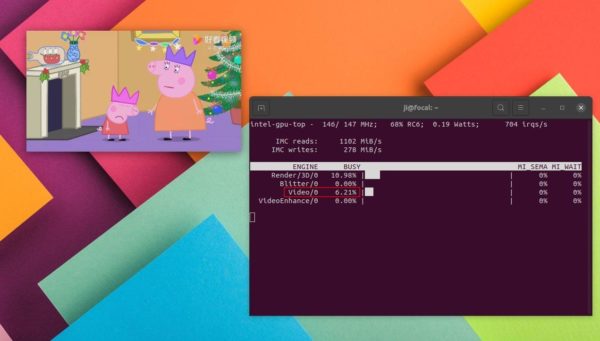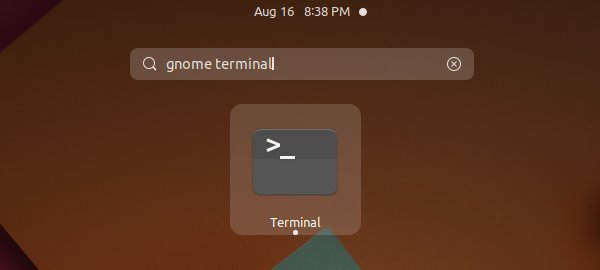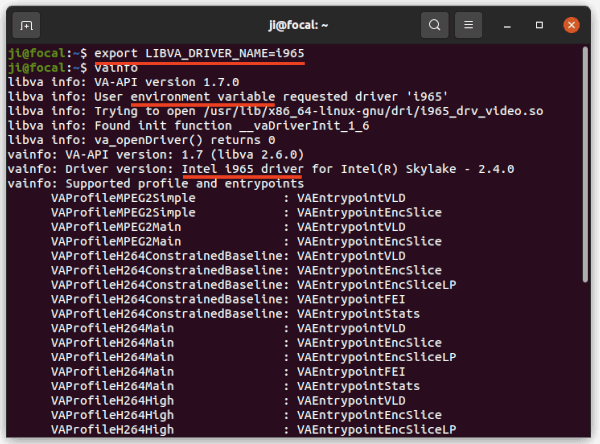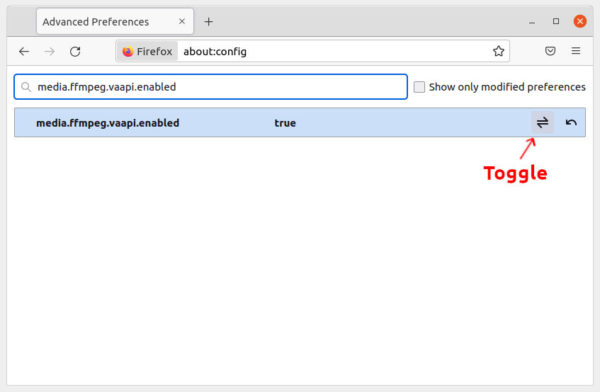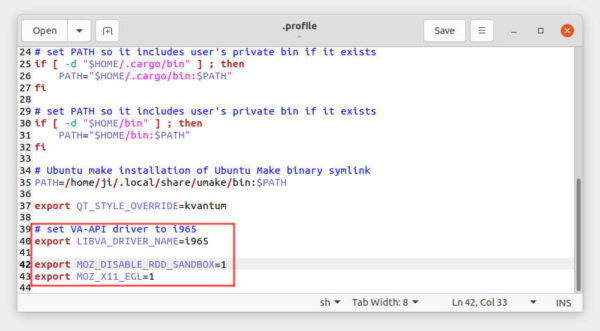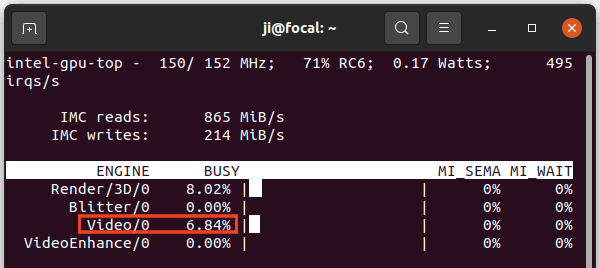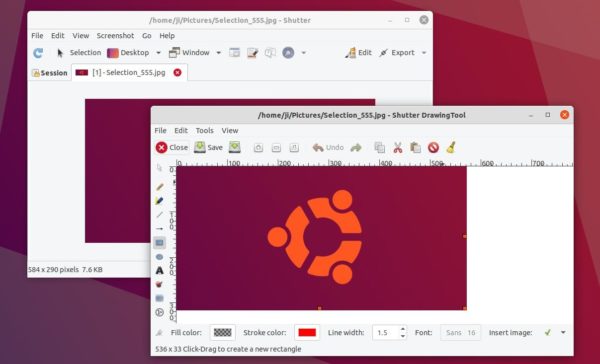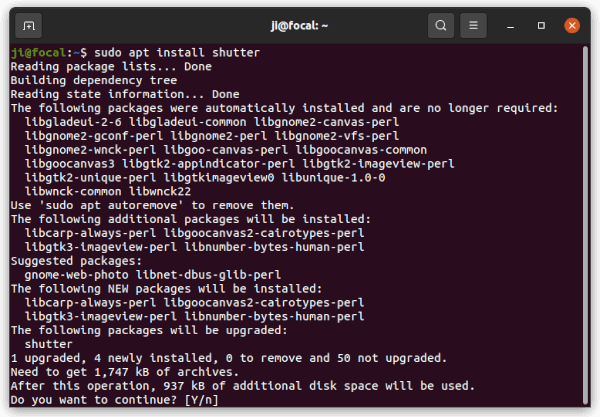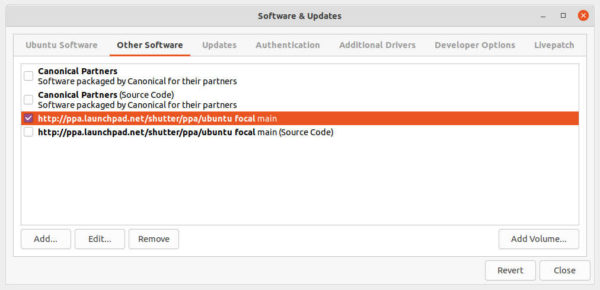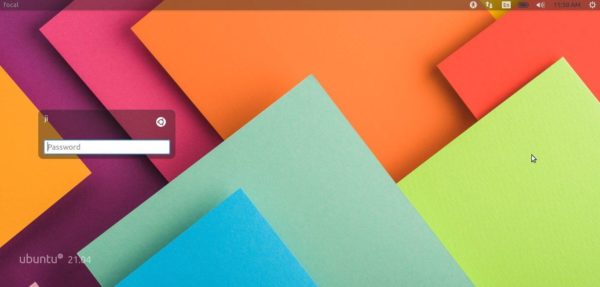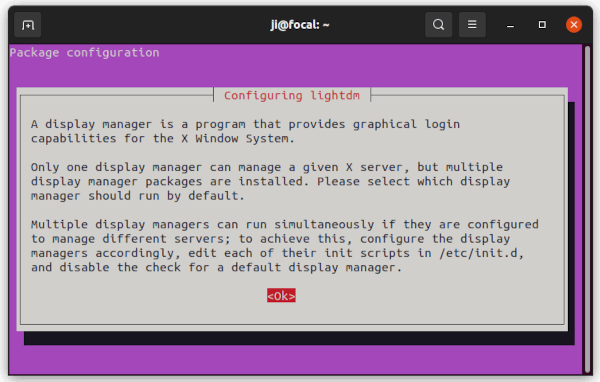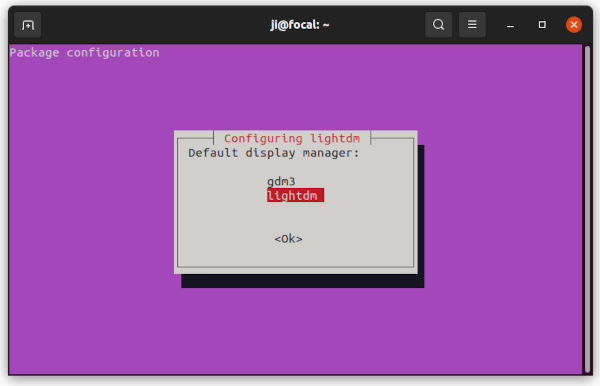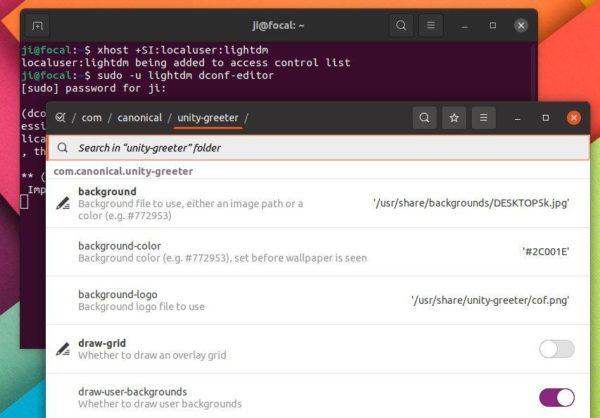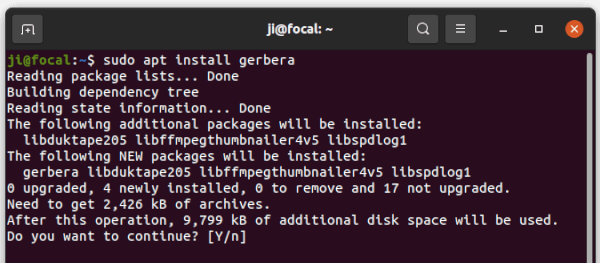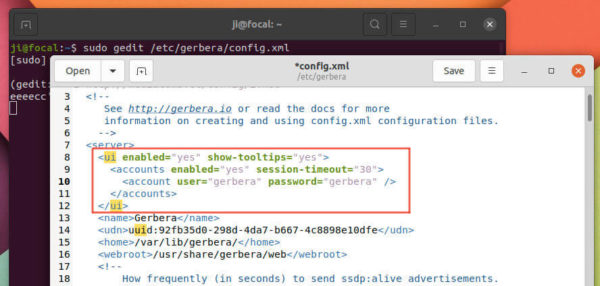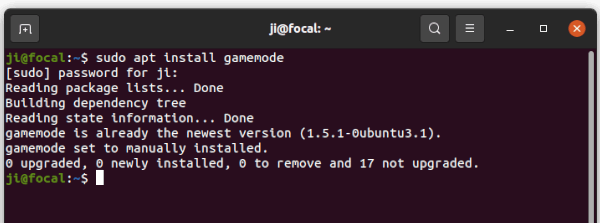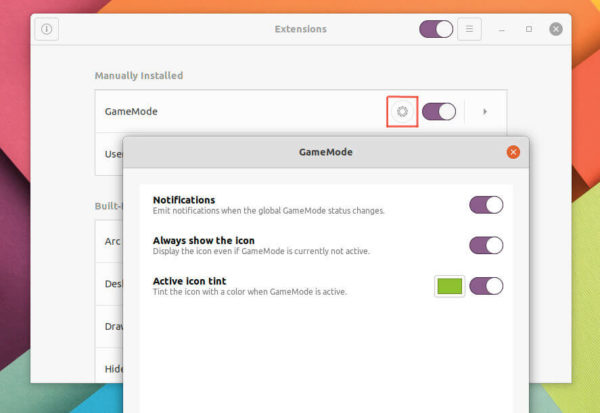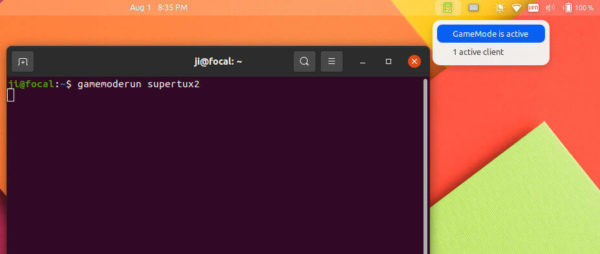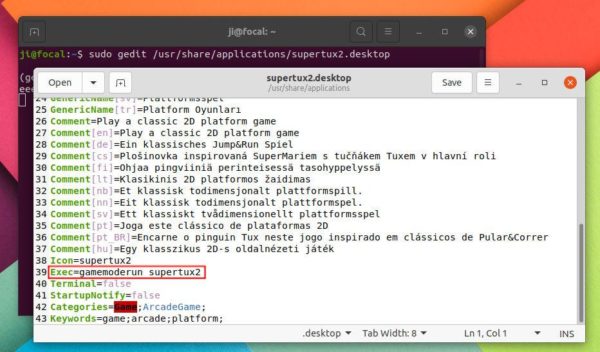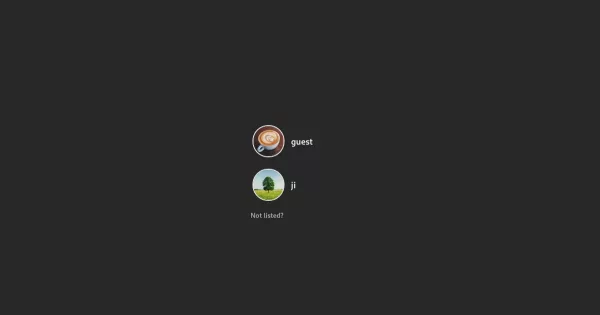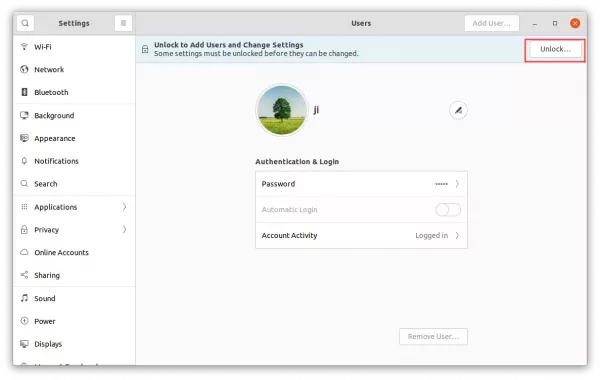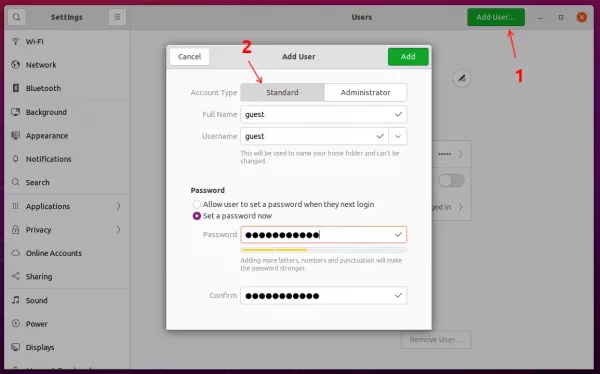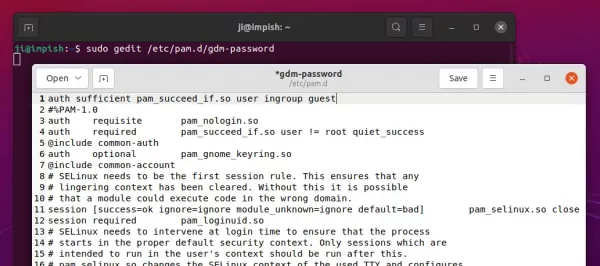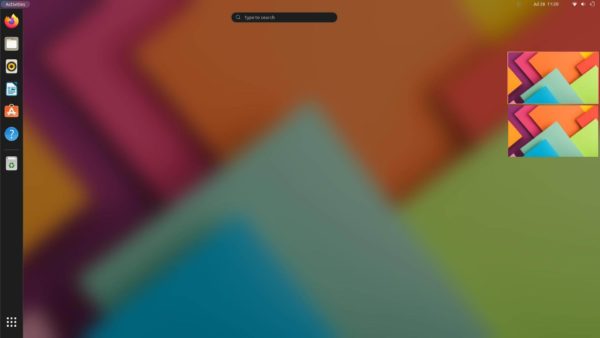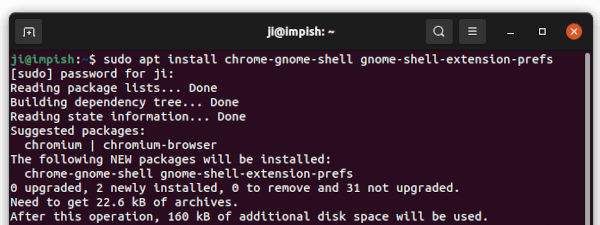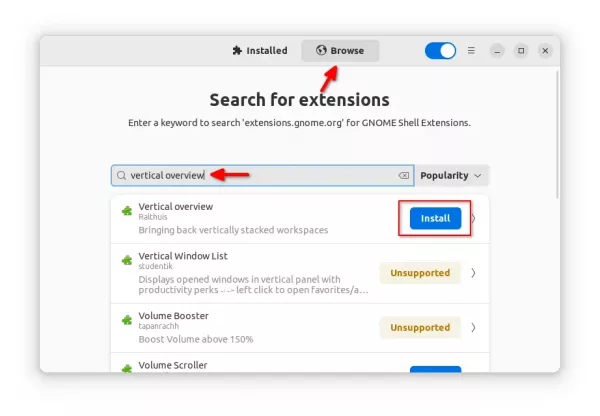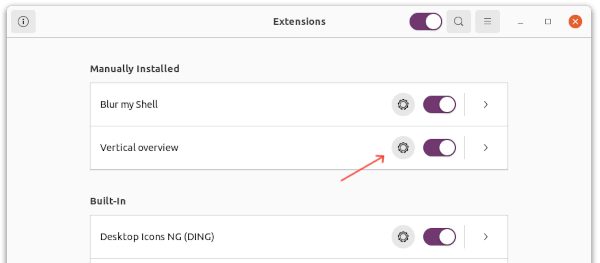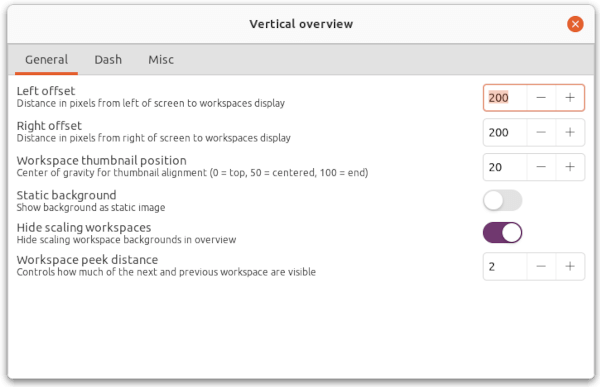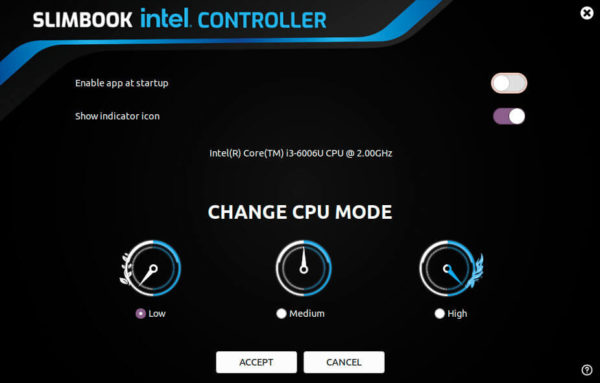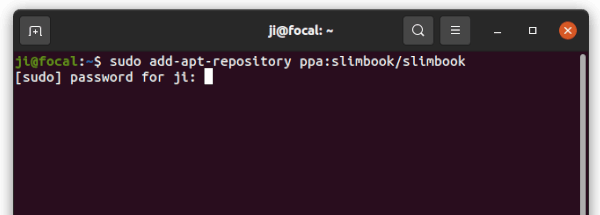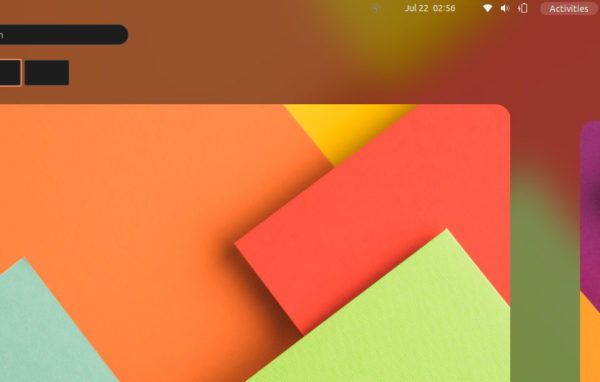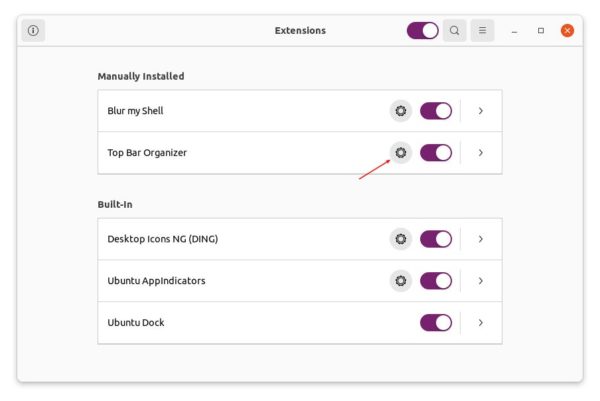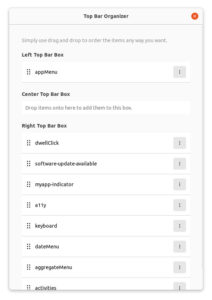![]()
KDE’s Kdenlive Video editor 21.08 was released. The official PPA added Ubuntu 21.10 “Impish Indri” support.
Kdenlive, stands for KDE Non-Linear Video Editor, is a free and open-source video editor for KDE though it also works on other desktop environment. And version 21.08 was finally released a few days later than other KDE Gear 21.08 apps.
The new release based on MLT 7 framework which has removed the Automask effect, along with many other legacy and buggy modules. The region module is also removed and replaced with new Effect Masking feature. As well, the old and unmaintained tools like the DVD Wizard and the Preview Compositing mode has been removed.
Kdenlive 21.08 got an improved performance, so users will have a smoother experience when importing hundreds of files and gigabytes and panning through the timeline.
Other features in the release include:
- The new Time Remap feature allows to keyframe the speed of a clip.
- Apply effects to only affect specific regions of a clip using masks.
- Easily moves Guides along with clips using the Spacer Tool via the new Guides Locked option.
- Ability to assign shortcuts to raise dock widgets.
- Ability to assign shortcuts to 3 keyframe functions: Add/Remove Keyframe, Go to next keyframe and Go to previous keyframe.
- Additional options to the same track transitions: Duration, Reverse and Alignment.
- The command bar (toggle via Ctrl+Alt+i) to easily search for any action in Kdenlive, such as changing themes, adding effects, opening files and more.
- New Copy value at cursor position to clipboard option
- New mapping modes and options when importing tracked data
- Option to go to start if playback started on timeline end
How to Install Kdenlive 21.08 in Ubuntu via PPA:
The Kdenlive official PPA has been updated with the latest packages for Ubuntu 20.04, Ubuntu 21.04, Ubuntu 21.10, and their derivatives, e.g, Linux Mint 20, Elementary OS 6, and Zorin OS 16.
1.) Add Ubuntu PPA:
Open ‘terminal’ from your system application menu, then run command to add the PPA:
sudo add-apt-repository ppa:kdenlive/kdenlive-stable
Type your password when it asks (no asterisk feedback) and hit Enter to continue.

2. ) Install or Upgrade Kdenlive:
If an old version of kdenlive was installed, you can upgrade it via Update Manager:

Or simply run command in terminal to install the video editor:
sudo apt install kdenlive
NOTE for Linux Mint or may be other Ubuntu based systems, you need to update the package cache manually by running sudo apt update command before installing the software.

Uninstall:
To purge the PPA as well as downgrade Kdenlive package, run command in terminal:
sudo apt install ppa-purge && sudo ppa-purge ppa:kdenlive/kdenlive-stable
To remove the PPA only, run command:
sudo add-apt-repository --remove ppa:kdenlive/kdenlive-stable
And to remove Kdenlive, run command:
sudo apt remove --autoremove kdenlive kdenlive-data





